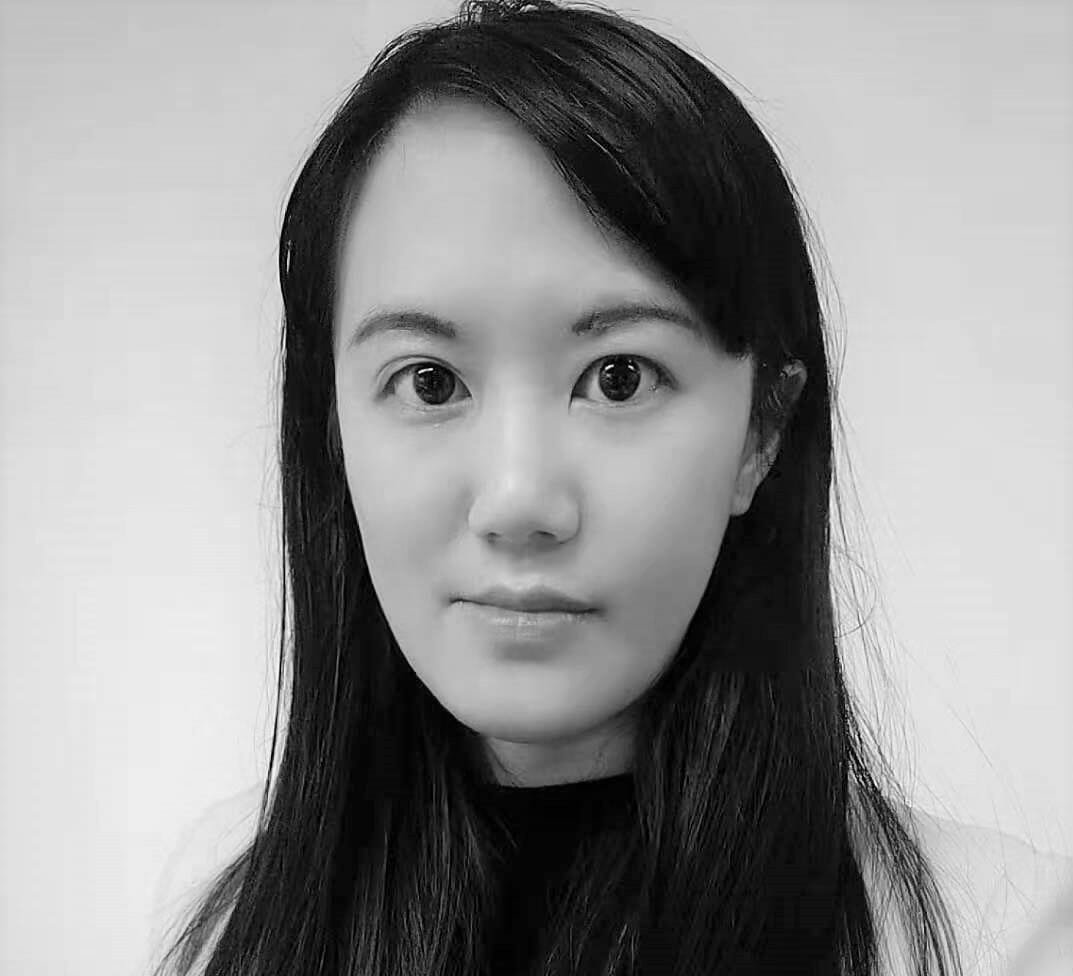It can be challenging to comprehend how negatives are used in a language. The Chinese language’s rich and complex grammatical intricacies make this particularly true. The two most often used characters in Mandarin for negation are “不” (bù) and “没” (méi). Due to the peculiar way double negation works in Mandarin, the concepts underlying these two negations can be initially challenging to understand, especially for English speakers.
Table of Contents
ToggleThe Basics of 不 (bù) and 没 (méi)
The most basic translation of “不” (bù) and “没” (méi) into English is “not.” However, their application depends on the statement’s context and temporal reference.
不 (bù)
“不” is typically used to negate present and future tense verbs, adjectives, and other adverbs. In other words, it is used to communicate a denial of something that has happened or is about to happen or to express a negative reality. To say “I do not want,” for instance, you would use the character “我不要” (wǒ bù yào).
没 (méi)
“没” is generally used to negate past actions, often indicating a movement that did not occur or a state that did not exist. For example, “I did not go” translates to “我没去” (wǒ méi qù).
The Concept of Double Negation
As in English, double negation in Mandarin results in an affirmative connotation. For instance, “I’m not happy” in English is equivalent to “I’m pleased.” The same logic applies when employing double negatives in Chinese sentences. Yet, the use of “不” and “没” together necessitates understanding how they are to be applied.

Conclusion
Negating in Chinese can be a tricky task, especially when you consider the time-tense-based applications of 不 (bù) and 没 (méi). Remember, “不” (bù) is commonly used to negate present and future actions, while “没” (méi) is used to indicate past efforts that did not occur. The combination of 不 (bù) and 没 (méi) in a double negation creates a complex yet enriching linguistic phenomenon, allowing you to engage in more nuanced conversations. As with mastering any aspect of language, understanding these negations requires practice. So, continue to learn, practice, and explore the fascinating realm of the Chinese language.
FAQs
Can “不” (bù) and “没” (méi) be used interchangeably?
No, they cannot be used interchangeably. “不” (bù) is used to negate verbs, adjectives, and other adverbs in the present and future tense, while “没” (méi) is used to offset past actions.
Is it correct to use “不” (bù) before “有” (yǒu)?
It’s not typically accurate to use “不” (bù) before “有” (yǒu). The proper form should be “没” (méi) before “有” (yǒu) to mean “do not have. “
What does “不是” (bú shì) mean?
“不是” (bú shì) translates as “is not.” Here, “不” (bù) is the negation for the verb “是” (shì), which means “to be.”
Contact our head teacher Chen Huimin at info@lcchineseschool.com if you want to learn Chinese or have additional questions about our Chinese programs.
REGISTER for our SUMMER CAMP in 2023!
Learn about our Internship Program in China.
Learn about holidays in China in 2023.
Get free Chinese learning resources.










